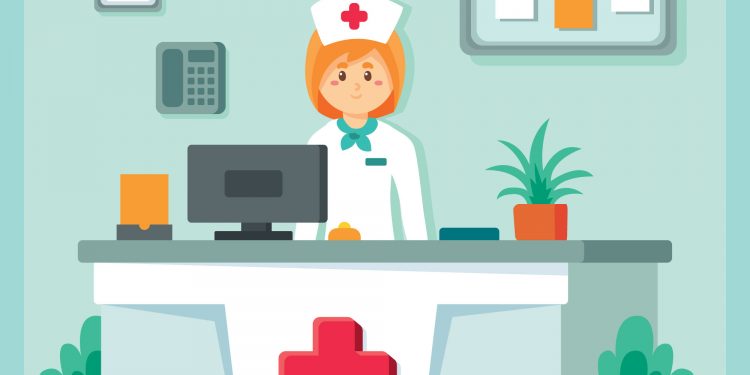Providers have many options when it comes to selecting an EHR Practice Management Software system. There are budget considerations, practice type, and patient population to consider. Practices must also consider IT requirements and how solutions and vendors are positioned to either help or hurt the practice. Customer satisfaction must remain a priority and also balance with business objectives. As practice managers consider how to enhance value-based care initiatives, they must also ensure that back- and front-office tasks can be completed with ease.
Choosing the right electronic health record (EHR) system that best meets these wide and varying needs can be complex. In a rapidly shifting healthcare landscape, nearly every practice must find ways to improve healthcare while also managing billing, patient records, HIPAA-compliance, and cash flow.
Unique Complexities of Medical Billing & Payments
Medical practices face a complicated and winding billing process, which can often lead to unnecessary rebilling or duplication. Without near-perfect back office reporting, practices find they spend a bulk of their time reconciling bills. On the flip side of the coin, patients are confused about bills, too. Endless chains of bills and explanations of benefits (EOBs) can create misunderstandings between patients and practices about what has been paid and what is still owed.
While 2020 has played a large role in rapidly transitioning healthcare to its place in the digital world, many of the back office processes are still living in a paper-driven reality. Manual processes, disparate data, and technological solutions that hurt more than they help have further complicated this transition. Medical practices are drowning in paperwork and duplicated digital data.
When EHRs are not integrated with payment processing technology, the disconnect has a ripple effect all throughout the practice. Staff must manually enter payment data into a merchant services portal. They must also maintain paper files on the payments and key the data once more into the EHR system. Depending on who is entering the information, staff may also require a manager to reconcile this data on a daily basis to make sure all duplicate data sources balance out. This type of manual process is ripe for human error.
Mismatches between patient payments and EHR records can be headache-inducing, creating additional time-intensive tasks to support billing and customer service. These mismatches lead to customer confusion as they continue to get rebilled for something they’ve already paid, but they also lead to money landing in a suspense account while the back office untangles the issue.
Customer confusion may trigger angry calls to the front office that must address customer issues over the phone. Add to that the fact that siloed payment capture processes do not automatically communicate with EHR information, and you have the perfect storm. Incomplete or incorrect EHR information means additional time must be spent reconciling billing and payments, and inaccuracies can cost practices additional time and money.
Integrated Payments as a Differentiator
The fix to this slew of inefficiencies lies in integrated payments. For independent software vendors (ISVs) looking to enhance EHR practice management software and systems, integrated payments must be a key consideration. When EHR practice management systems are built to accept payments and handle the back office processes tied to them, staff can spend less time on paperwork and manual processes and more time on helping patients. Integrated payments can significantly cut down on rebilling, duplication, and customer confusion. This ultimately leads to better customer experience and high-value healthcare.
First and foremost, integrating payments into an EHR enables automation and enhances the billing process, reducing the amount of data entry required and freeing up staff to focus on more high-value tasks This, in turn, elevates the customer experience.
On the customer experience front, streamlining payments means patients will no longer receive confusing double bills. More importantly, they will be empowered to make payments in the way that best suits them — whether in-person, online, by credit and debit (via swipe or chip), SMS, mobile pay, or over the phone. Providing patients with a broad array of convenient options spurs faster bill payment and leads to happier, more satisfied customers.











